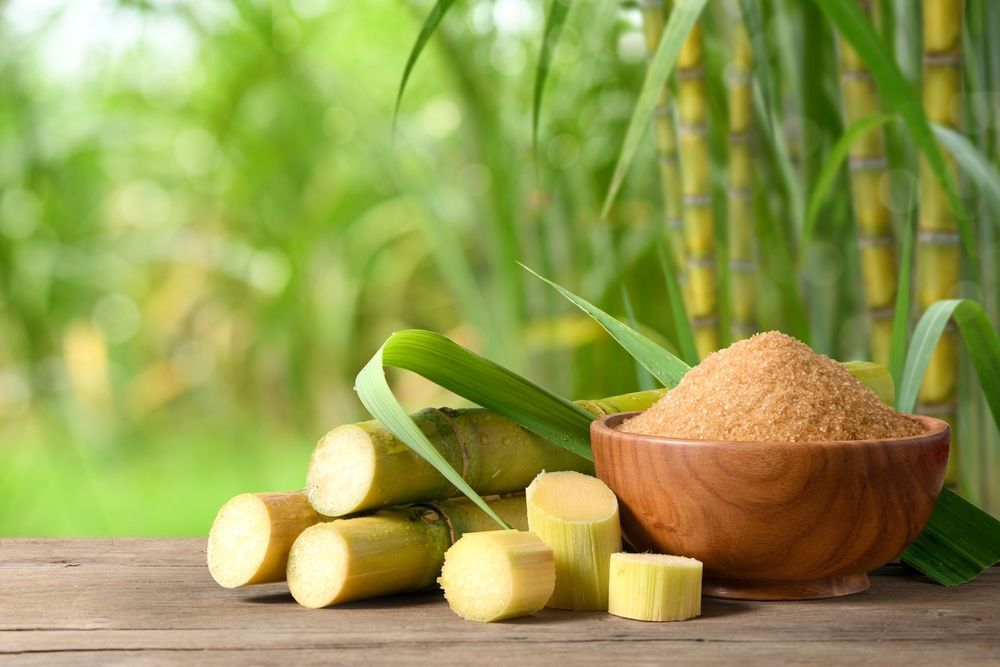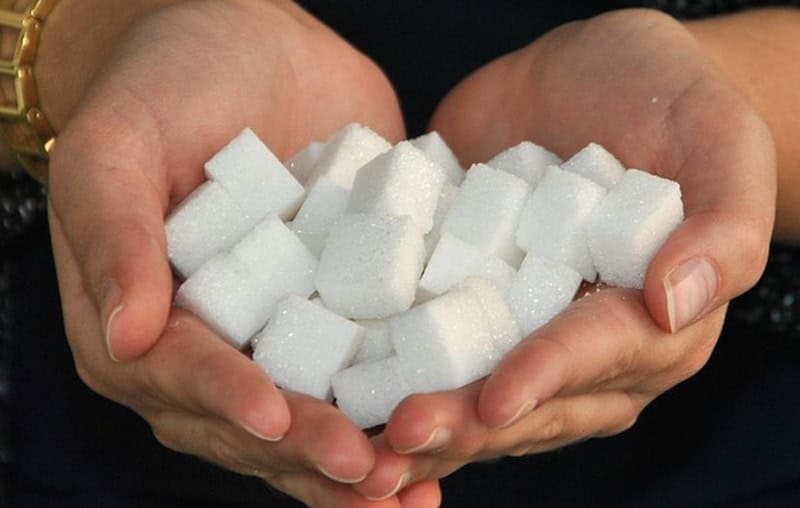Understanding beet sugar vs cane sugar helps shoppers make informed choices about their sweeteners.
Understanding beet sugar vs cane sugar helps shoppers make informed choices about their sweeteners.
Blog Article
Exploring the Differences being used and Benefits In Between Beet Sugar Vs Cane Sugar
In the culinary globe, the choice between beet sugar and cane sugar is not merely concerning sweetness but entails a nuanced consideration of flavor, application, and effect. While both sugars stem from various plants, each undertakes special production processes that discreetly influence their characteristics and viability for various recipes. As chefs and customers increasingly focus on both the environmental and flavor profiles of their active ingredients, understanding these differences ends up being essential. This exploration provides understanding into exactly how each sugar kind can best enhance culinary developments.
Origins and Production Processes of Beet and Cane Sugar

Walking stick sugar, on the various other hand, comes from the sugarcane plant, an exotic lawn indigenous to Southeast Asia however currently grown in tropical areas worldwide - beet sugar vs cane sugar. The manufacturing of cane sugar starts with the harvesting of cane stalks, which are crushed to release the juice.

Nutritional Content and Health And Wellness Considerations

When comparing the dietary web content of beet sugar and cane sugar, it ends up being obvious that both kinds essentially supply the same calorie worths, with around 16 calories per teaspoon and no considerable nutrient diversity. Both sugars, when eaten in excess, can contribute to raised blood sugar levels, a danger element for diabetic issues and various other metabolic conditions. From a wellness point of view, moderating consumption of any kind of kind of sugar, whether from beet or cane, is a good idea to avoid these possible unfavorable effects on well-being.
Flavor Accounts and Culinary Applications
Despite their similar chemical structures, beet sugar and cane sugar vary subtly in taste, which can influence their usage in different cooking contexts. Walking cane sugar often lugs a hint of molasses, even in its refined form, providing a cozy, caramel-like undertone that boosts baked products, coffee, and chocolate-based dishes. This minor molasses flavor is specifically valued in the baking industry for adding deepness to sugary foods and pastries. On the other hand, beet sugar is defined by its extremely improved, neutral taste, making it a functional sugar that does not modify the flavor accounts of recipes. This nonpartisanship is particularly beneficial in fragile dishes, such as light pastries, creams, and some sauces, where the integral flavors of other ingredients are meant to stand out. Consequently, cooks and food makers could pick one kind of sugar over the go to this site other based on the preferred taste end result of their culinary creations.
Environmental Influence and Sustainability
While both beet and cane sugars are derived from plants, their environmental influences vary considerably due to the distinctive techniques of growing and processing needed for each. Sugar beet farming commonly includes extensive mechanization, which can increase nonrenewable fuel source intake and carbon emissions. However, beets can be grown in cooler environments and require much less watering, possibly minimizing water use contrasted to sugarcane. Sugarcane, on the various other hand, is commonly grown in tropical regions where it depends heavily on watering and a much longer growing period, boosting its water footprint.
Moreover, the processing of sugarcane often produces a significant quantity of waste, consisting of bagasse, which, although usable as biofuel, regularly adds to air contamination if melted inefficiently. Sugar beet handling uses more of the raw materials, resulting in much less waste. Both markets useful source deal with challenges in decreasing their environmental impacts, yet continuous advancements in agricultural practices and waste monitoring are intending to improve sustainability.
Economic Elements Affecting the Sugar Industry
The economic characteristics of the sugar sector are considerably influenced by international market needs and trade policies. In regions where sugarcane or sugar beet manufacturing is subsidized, manufacturers may have a monetary benefit that allows them to offer lower rates on the international market.
Furthermore, variations in international demand for sugar, influenced by nutritional fads and commercial use in food, straight impact rates and production levels. beet sugar vs cane sugar. Climate condition additionally play a pivotal function, as they can significantly impact plant returns and, consequently, the supply chain. This variability introduces a degree of economic uncertainty that can result in investment volatility in sugar manufacturing markets, influencing choices from growing to market method
Conclusion
Finally, both beet and cane sugar have unique qualities that match various culinary requirements. While cane sugar imparts an abundant taste ideal for view it now boosting baked items, beet sugar's nonpartisanship is ideal for lighter recipes. Nutritional similarities regardless of, their unique manufacturing procedures and ecological effects include complexity to the selection in between them. Thus, understanding these distinctions aids cooks and customers make educated decisions that straighten with their health, cooking, and moral preferences.
Report this page